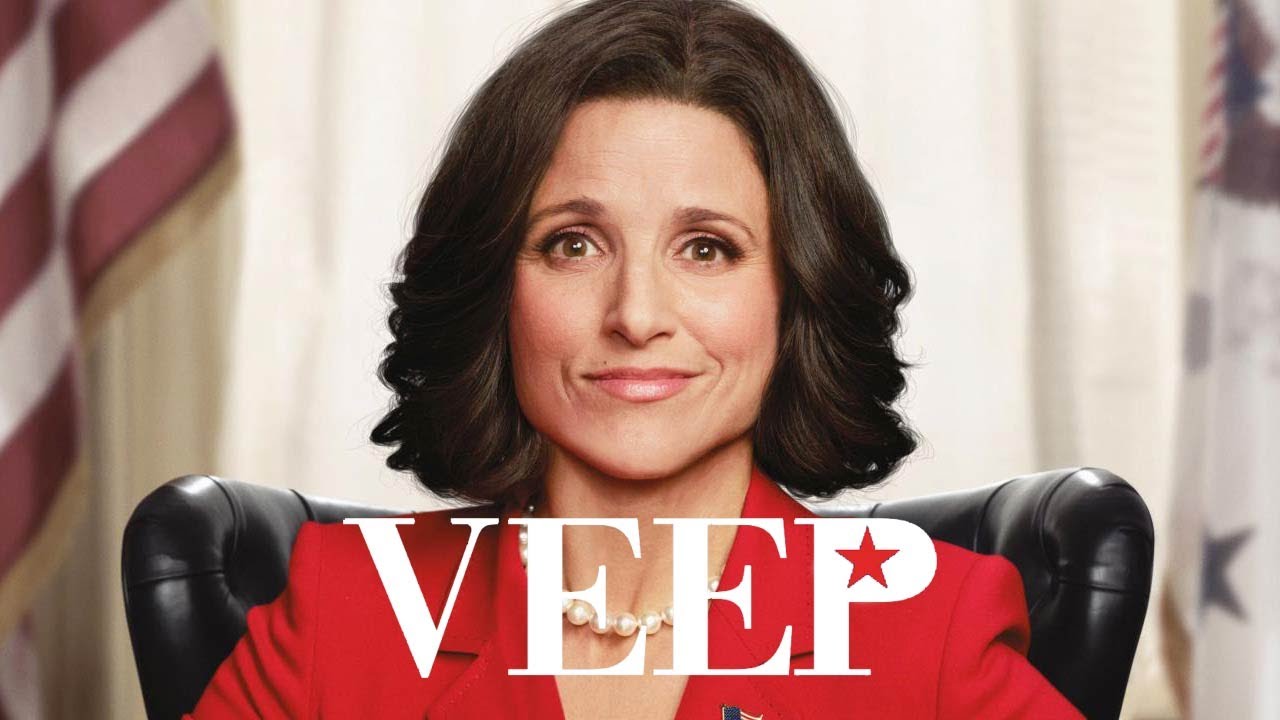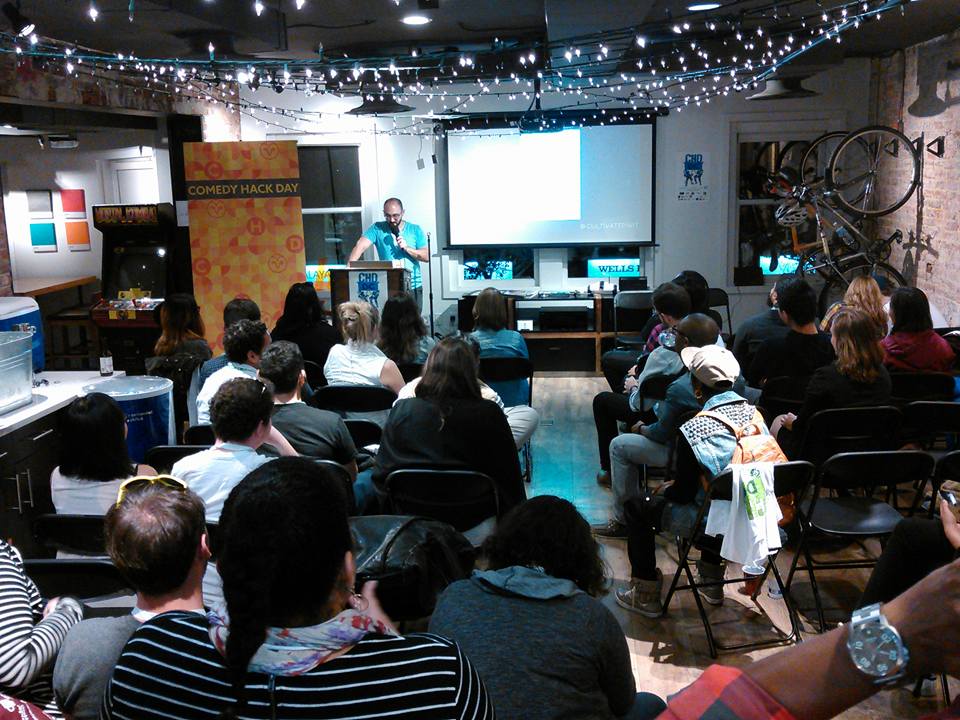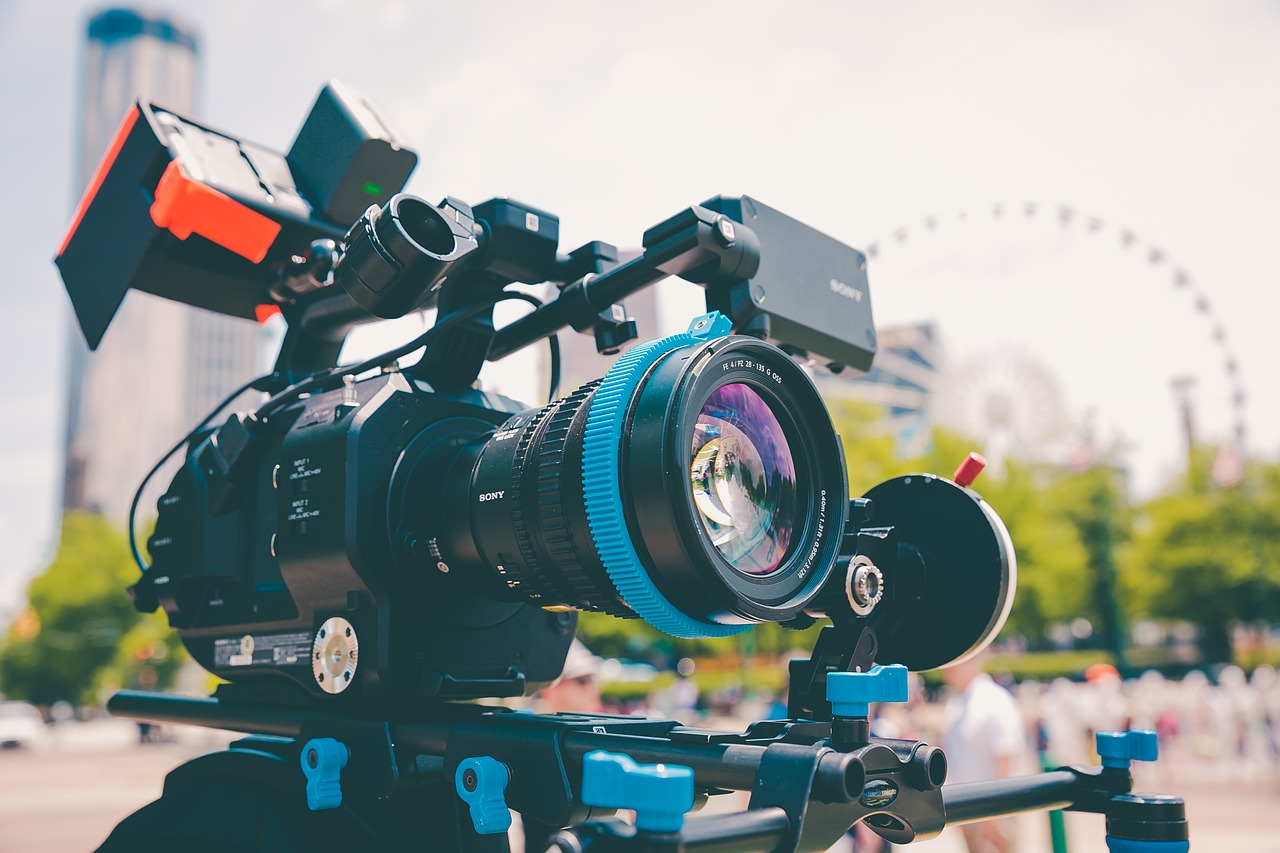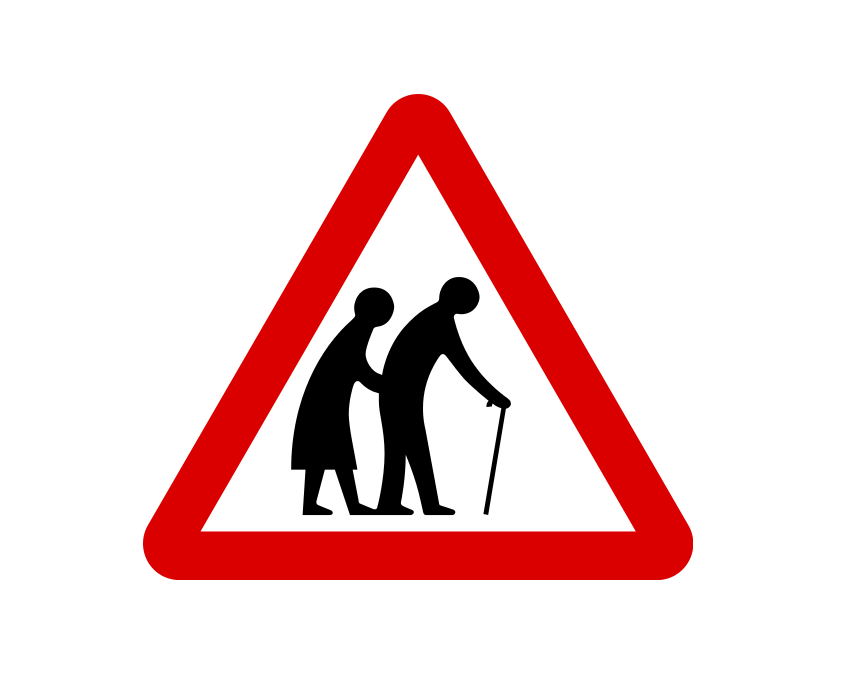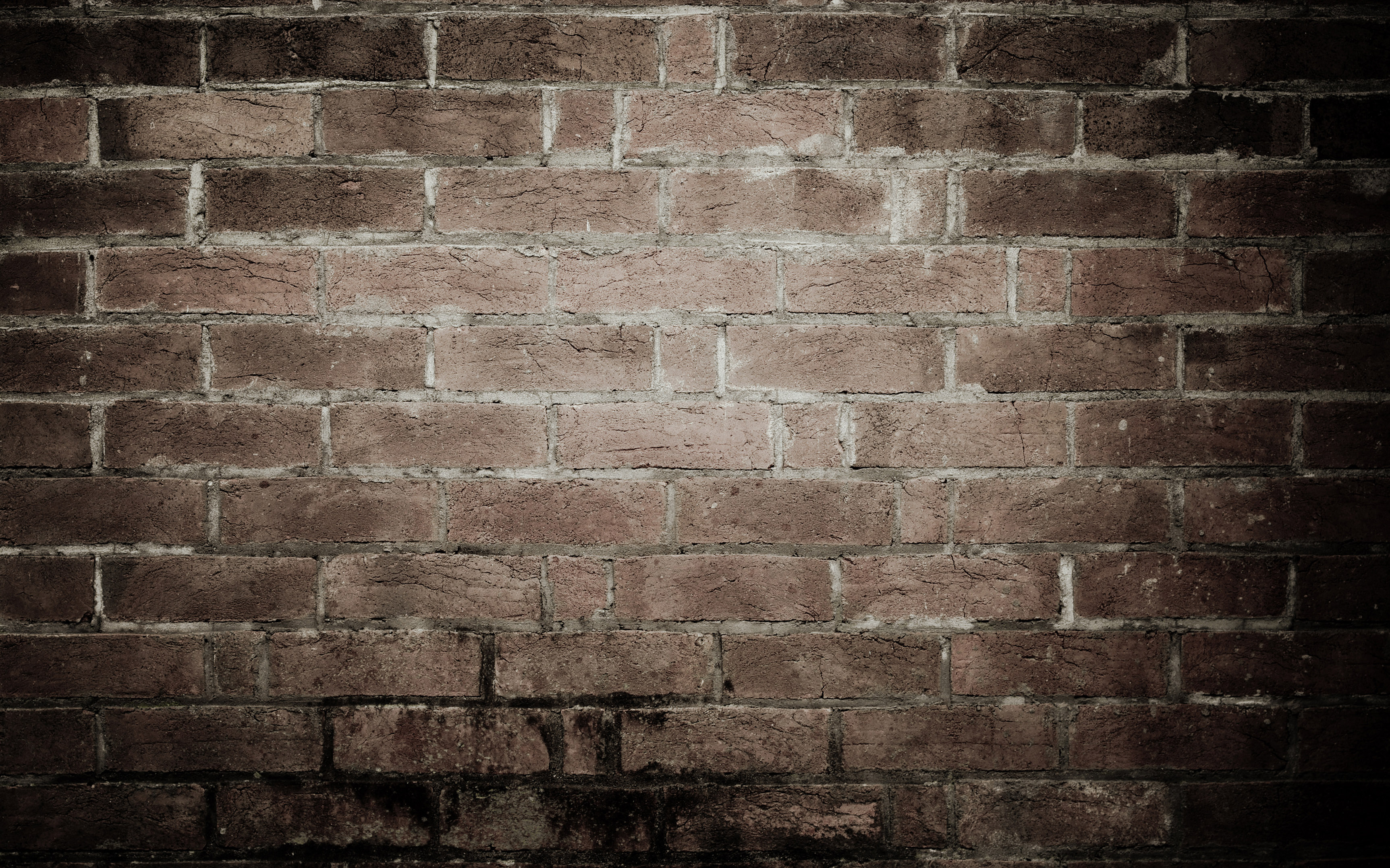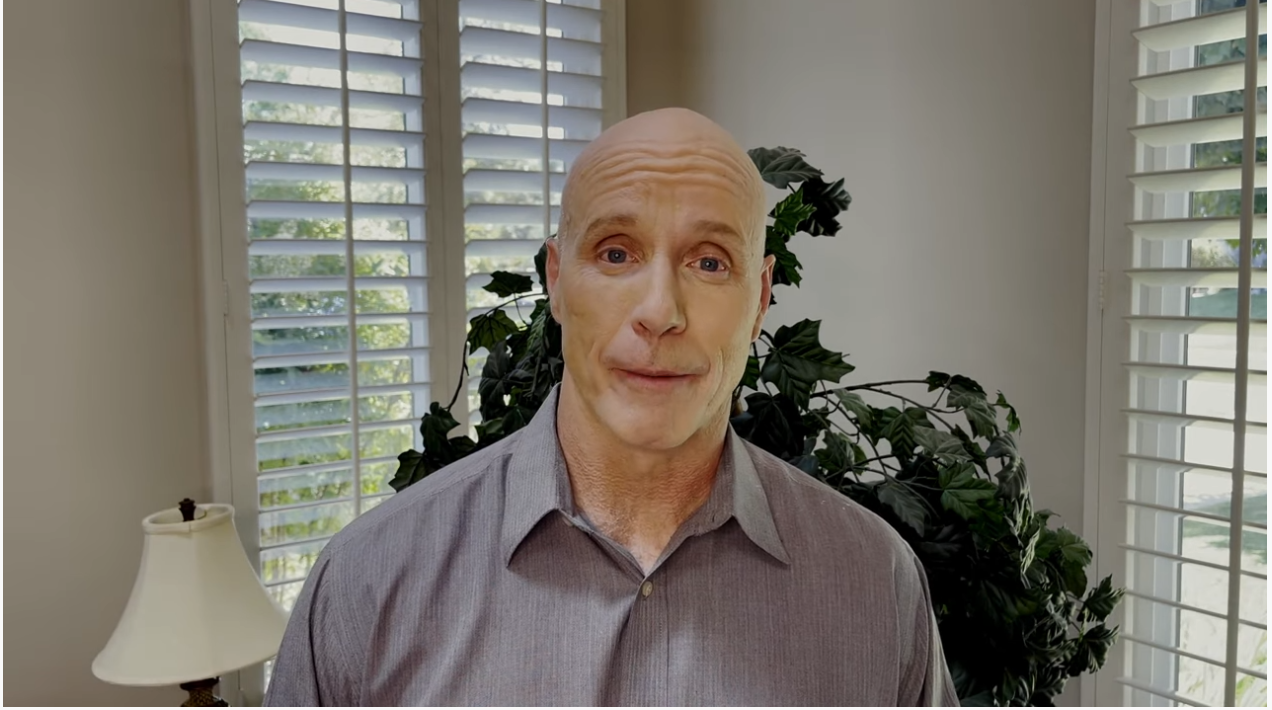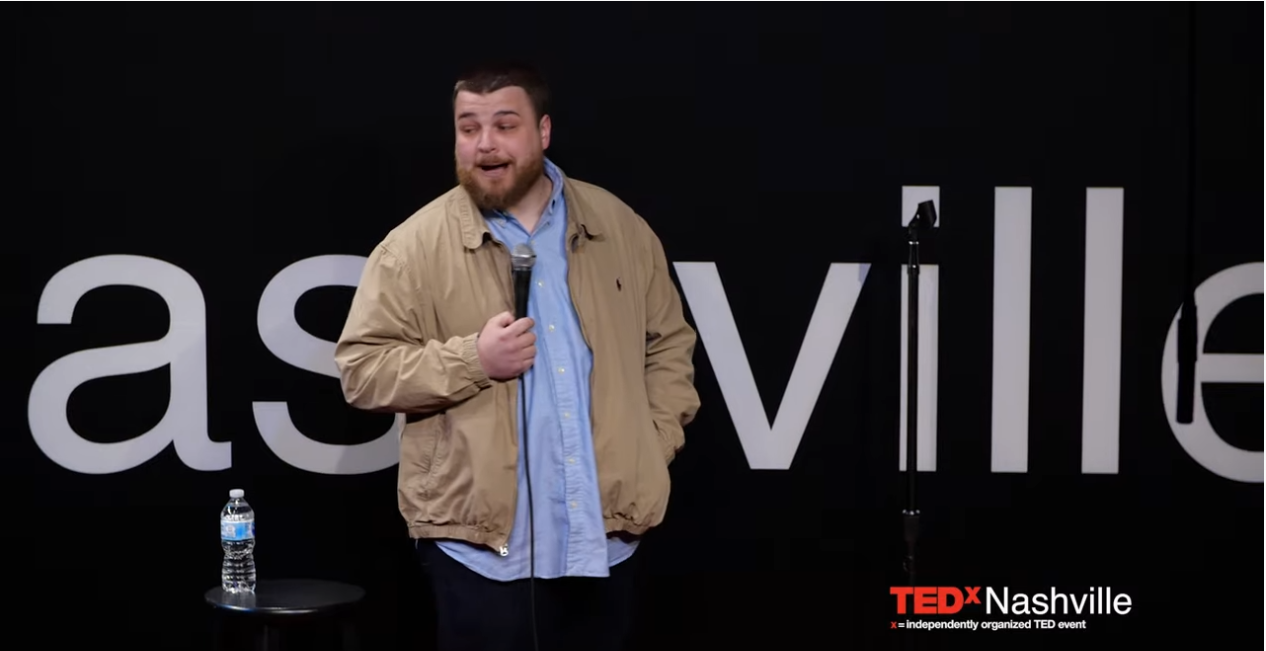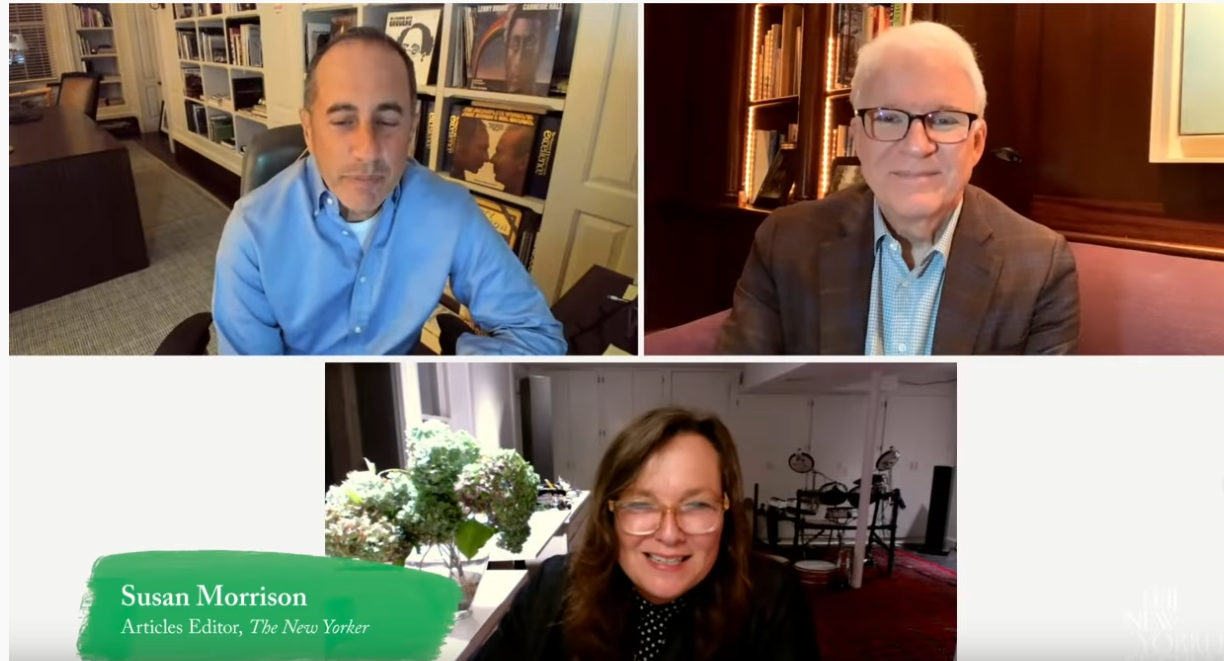Michael Richards in a West Hollywood comedy club and the authorities in Iraq, who executed Saddam Hussein painfully learned that the prying eyes of television news can belong to anyone who carries a cell phone. Saddam’s execution and Richards’ flameout illustrate the growing power of cell-phone video as a news tool, not only to supplement stories but to change them.
“It brought to a fore the sense that wow, this is a ubiquitous technology,” said Mark Lukasiewicz, NBC News vice president for digital media. “Cameras are now in places where cameras never used to be. That’s transformational.”
An audience member’s cell phone caught the angry, racially offensive tirade unleashed by Richards at a Los Angeles comedy club in November. Repeated over and over on news networks, it became a major story that may effectively end Richards’ career.
Would it have even been a story without the video? If witnesses had described it later and Richards denied his actions, it could have been a he-said, she-said story with many people not believing the beloved Kramer would do such a thing. There’s a good chance the story would have gotten out in some form, however, because a friend of a CNN producer was in the audience and phoned in a tip.
“It probably would have been a story but it wouldn’t have been as big a story,” Klein said. “That was the smoking gun. It was so appalling to watch. It was like watching a train wreck.”
Cell-phone video, despite having not nearly the picture quality of those produced by professional broadcasters, ‘does what pictures often do’– it reveals the truth of the story,” Lukasiewicz said.
Source: AP



